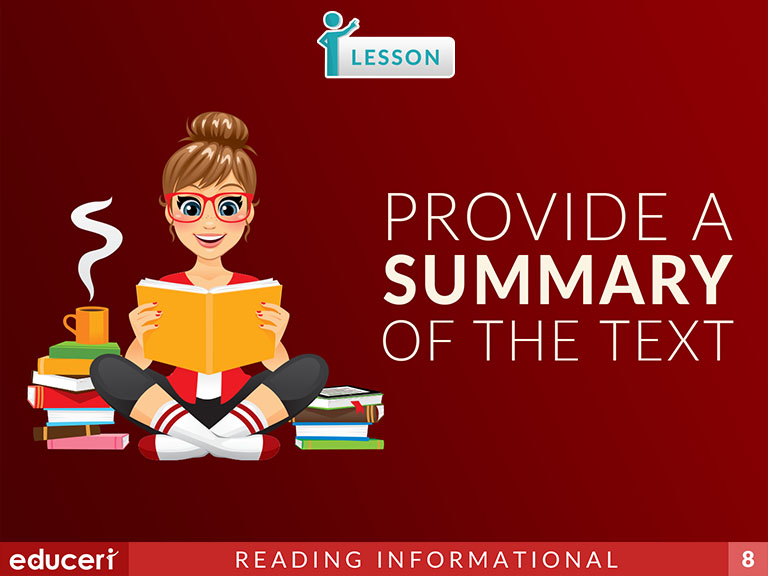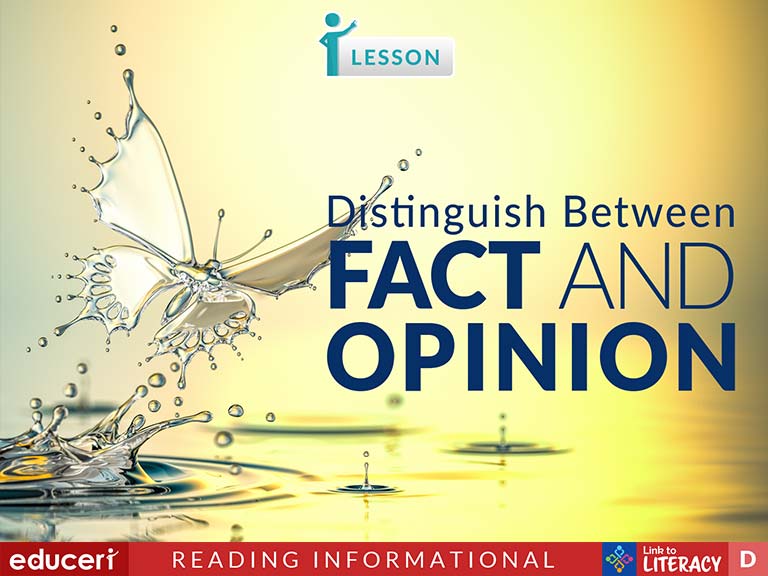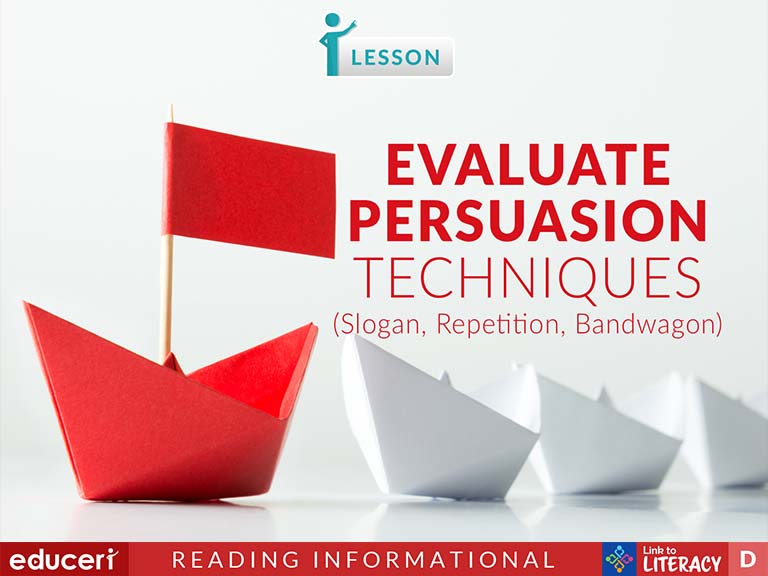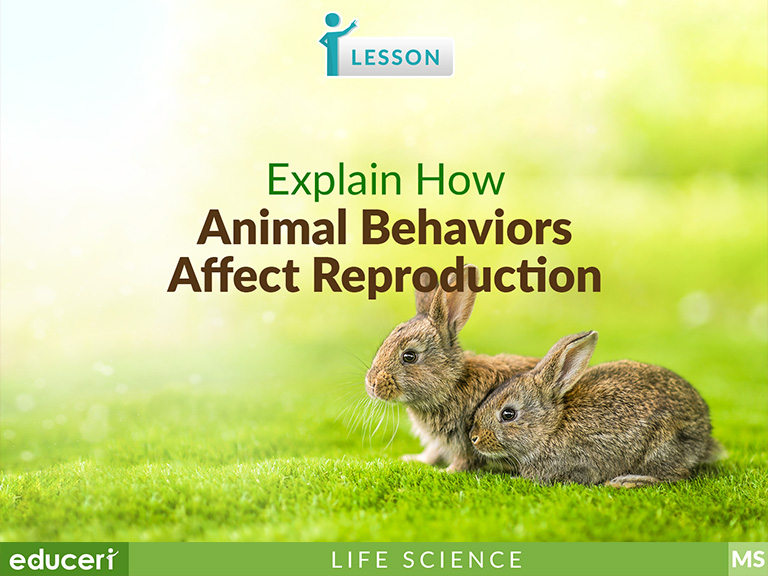Special Program: Grade 8 Summer School
Grade 8 Summer School
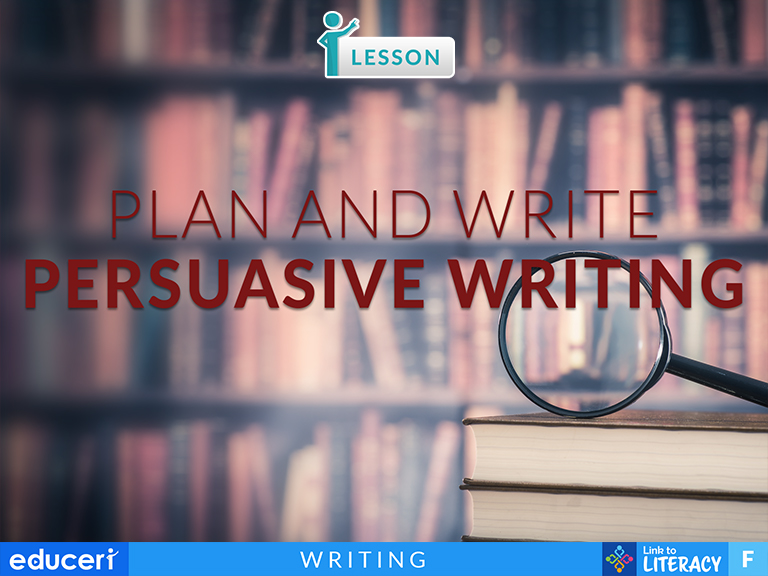
Plan and Write Persuasive Writing
This is a lesson from the Link to Literacy program.
Share This Lesson
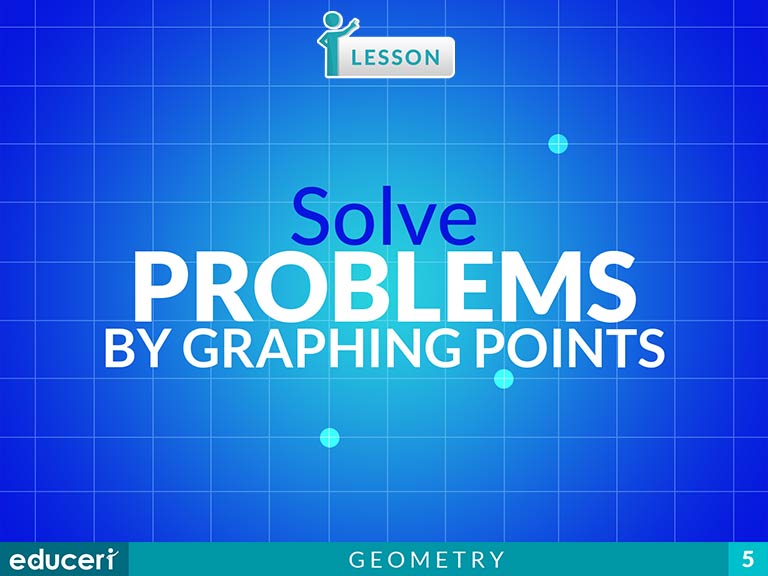
Share This Lesson

Determine the Slope of a Line Using the Slope Formula
This expressions and equations lesson teaches students how to determine the slope of a line using the slope formula. The lesson includes research-based strategies and strategic questions that prepare students for assessments. In this lesson, students will determine the slope of a line using the slope formula.
Share This Lesson
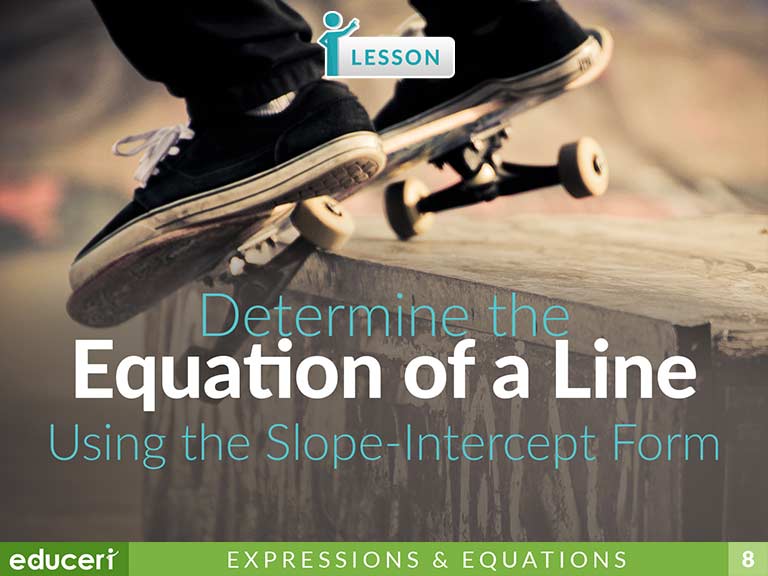
Determine the Equation of a Line Using Slope-Intercept Form
Share This Lesson
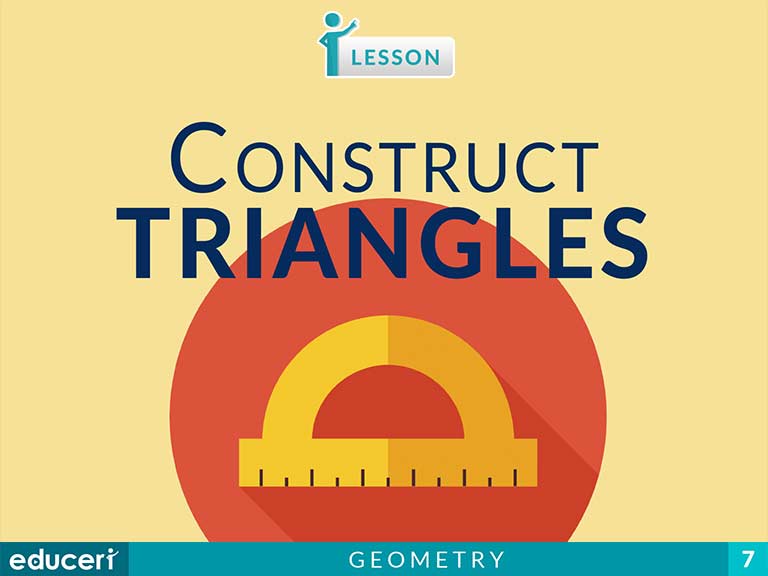
Construct Triangles
This geometry lesson covers how to construct triangles using a ruler, protractor, and compass. The lesson includes research-based strategies and strategic questions that prepare students for assessments. In this lesson, the teacher constructs the triangle with the given conditions, labeling the sides and angles. Then, students do a different construction of the same triangle, and check it by measuring the three side lengths and angles. An animated demonstration is provided.
Share This Lesson
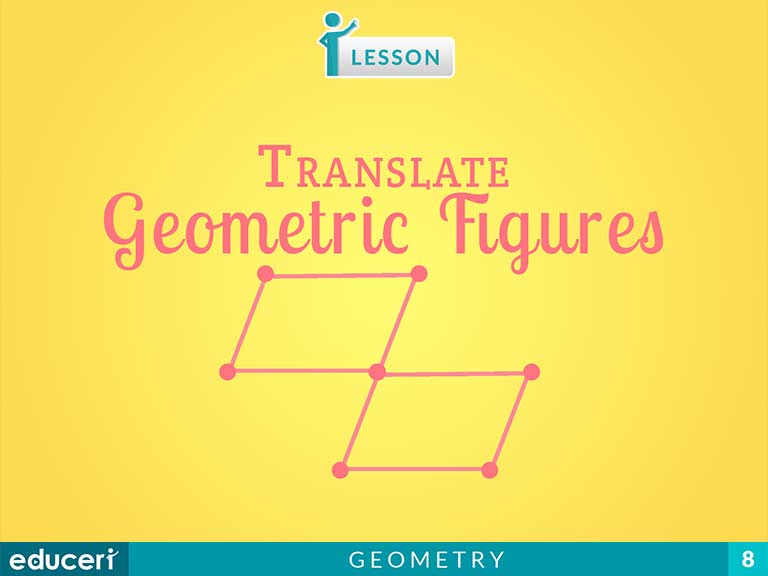
Translate Geometric Figures
8.G.1 Verify experimentally the properties of rotations, reflections, and translations:
8.G.1.A8.G.1.A Lines are taken to lines, and line segments to line segments of the same length.
8.G.1.B8.G.1.B Angles are taken to angles of the same measure.
8.G.1.C8.G.1.C Parallel lines are taken to parallel lines.
This geometry lesson teaches students how to translate geometric figures. The lesson includes research-based strategies and strategic questions that prepare students for assessments. In this lesson, students will translate geometric figures. Students will also verify the properties of translated figures. This lesson can be used with rulers and protractors or with geometric software.
Share This Lesson
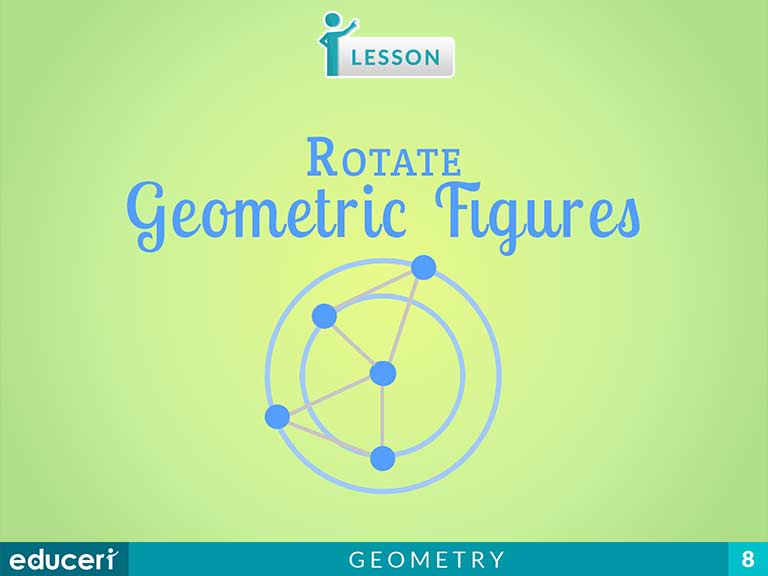
Rotate Geometric Figures
8.G.1 Verify experimentally the properties of rotations, reflections, and translations:
8.G.1.A8.G.1.A Lines are taken to lines, and line segments to line segments of the same length.
8.G.1.B8.G.1.B Angles are taken to angles of the same measure.
8.G.1.C8.G.1.C Parallel lines are taken to parallel lines.
This geometry lesson teaches students how to rotate geometric figures. The lesson includes research-based strategies and strategic questions that prepare students for assessments. In this lesson, students will rotate geometric figures. This lesson can be used with rulers and protractors or with geometric software.
Share This Lesson
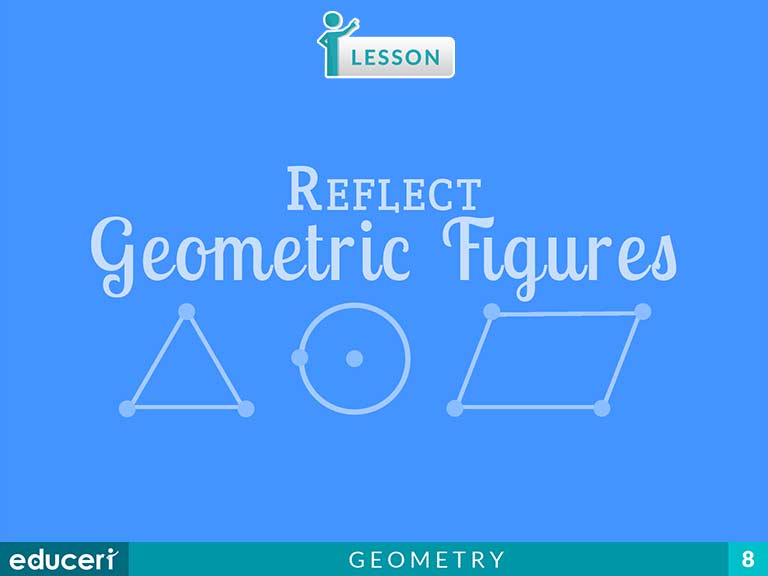
Reflect Geometric Figures
8.G.1 Verify experimentally the properties of rotations, reflections, and translations:
8.G.1.A8.G.1.A Lines are taken to lines, and line segments to line segments of the same length.
8.G.1.B8.G.1.B Angles are taken to angles of the same measure.
8.G.1.C8.G.1.C Parallel lines are taken to parallel lines.
This geometry lesson teaches students how to reflect geometric figures. The lesson includes research-based strategies and strategic questions that prepare students for assessments. In this lesson, students will reflect geometric figures across lines. Students will reflect a wide variety of different geometric figures.
Share This Lesson
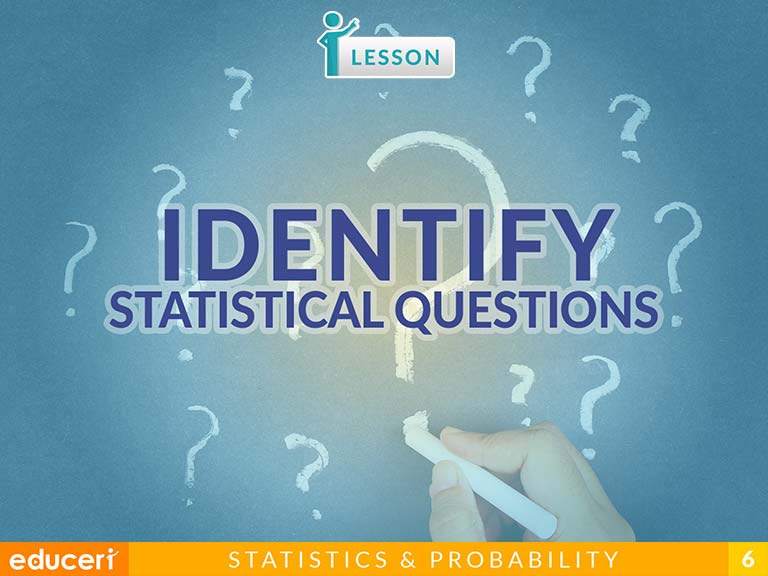
Identify Statistical Questions
(A) Formulate a meaningful question, determine the data needed to answer the question, gather the appropriate data, analyze the data, and draw reasonable conclusions
QR.4.L(L) Determine the need for and purpose of a statistical investigation and what type of statistical analysis can be used to answer a specific question or set of questions
STAT.2.E(E) Formulate a meaningful question, determine the data needed to answer the question, gather the appropriate data, analyze the data, and draw reasonable conclusions
This statistics and probability lesson teaches students how to recognize statistical questions. The lesson includes research-based strategies and strategic questions that prepare students for assessments. In this lesson, students will learn to recognize statistical questions. The focus of this lesson is to familiarize students with statistical questions and how to investigate them.
Share This Lesson
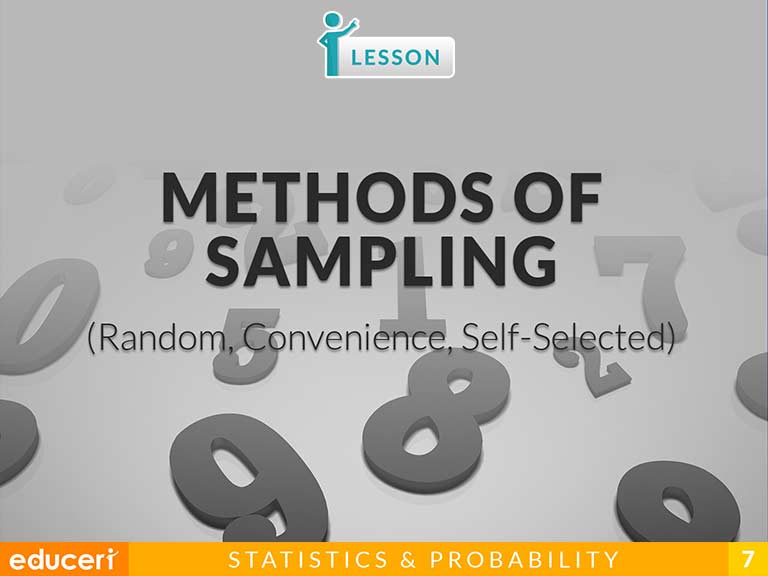
Methods of Sampling (Random, Convenience, Self-Selected)
This statistics, data analysis, and probability lesson focuses on identifying different ways of selecting a sample. The lesson includes research-based strategies and strategic questions that prepare students for assessments. In this lesson, students read the scenario, noting clues that help to identify the sampling method. Then, they identify the sampling method used in the survey (random, convenience, or self-selected), and explain how they know. In addition to the lesson, there are four pages of Independent Practice and review with questions modeled after current adaptive testing items.
Share This Lesson
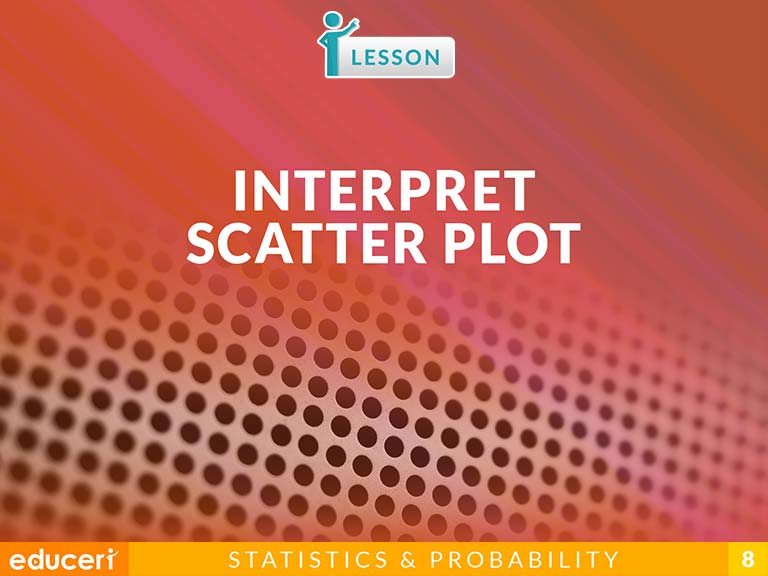
Interpret Scatter Plots
This statistics, data analysis, and probability lesson focuses on describing the relationship of two sets of data on a scatter plot. The lesson includes research-based strategies and strategic questions that prepare students for assessments. In this lesson, students read the description and determine the type of relationship between the two sets of data (positive, negative, or none). Finally, they describe in complete sentences the relationship between the two sets of data. In addition to the lesson, there are nine pages of Independent Practice and review with questions modeled after current adaptive testing items.
Share This Lesson
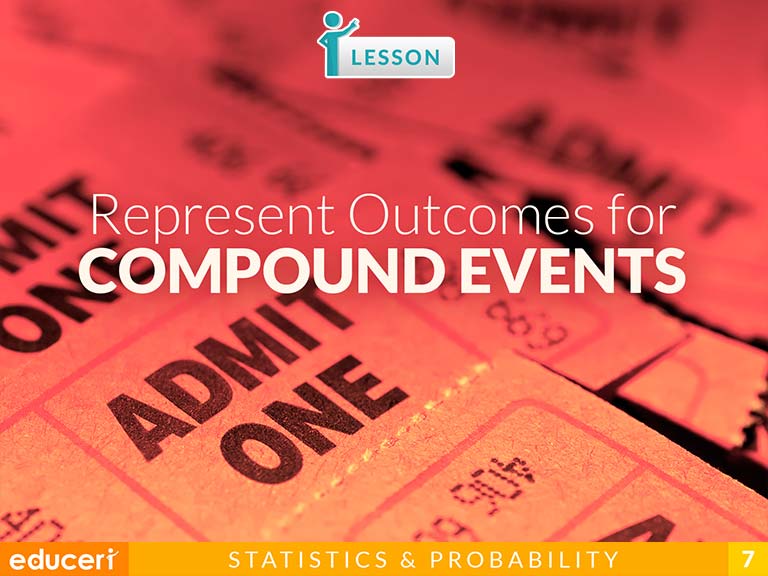
Represent Outcomes for Compound Events
(A) Represent sample spaces for simple and compound events using lists and tree diagrams
7.SP.8 Find probabilities of compound events using organized lists, tables, tree diagrams, and simulation.
7.SP.8.A7.SP.8.A Understand that, just as with simple events, the probability of a compound event is the fraction of outcomes in the sample space for which the compound event occurs.
7.SP.8.B7.SP.8.B Represent sample spaces for compound events using methods such as organized lists, tables and tree diagrams. For an event described in everyday language (e.g., "rolling double sixes"), identify the outcomes in the sample space which compose the event.
This statistics, data analysis, and probability lesson focuses on representing outcomes for compound events. The lesson includes research-based strategies and strategic questions that prepare students for assessments. In this lesson, students read the question and identify the desired outcome. Then, they use a tree diagram or table to determine the outcomes. Finally, they list all the outcomes for the compound event, identify the desired outcomes, and set up a fraction to determine the probability of the event. In addition to the lesson, there are eight pages of Independent Practice and review with questions modeled after current adaptive testing items.
Share This Lesson
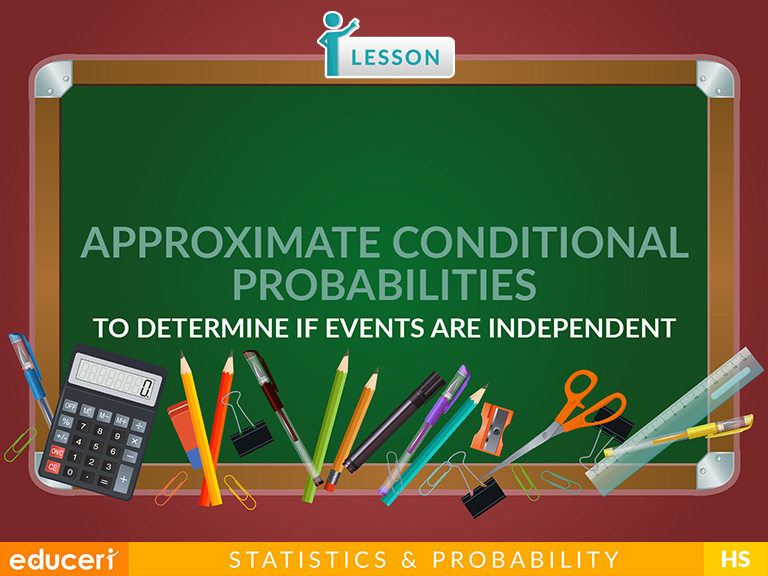
Approximate Conditional Probabilities to Determine If Events Are Independent
This conditional probability lesson teaches students how to construct and interpret two-way frequency tables. The lesson includes research-based strategies and strategic questions that prepare students for assessments. In this lesson, students will use data from a sample group relating to two different categories to estimate simple and conditional probabilities. Students will interpret data given in the table and narrative forms and construct a two-way frequency table from the narrative data.
